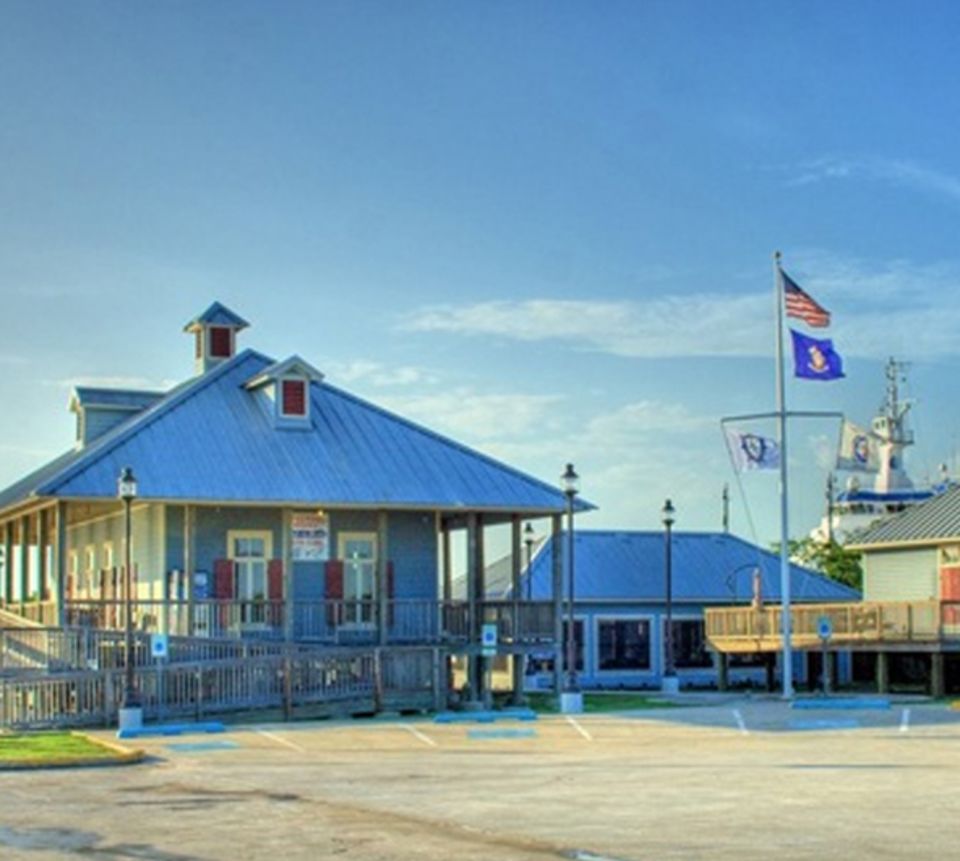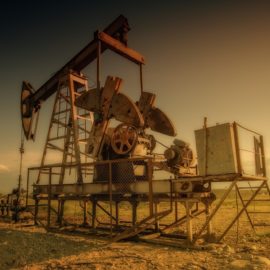
Lake Charles and petrochemincal industry are hand in hand and it might get worse and the climate goals suffer but there is a war on and our oil and gas are needed.
Sitting on a bench at Calcasieu Point Landing marina in Southwest Louisiana, James Hiatt recently lookedacross the water to forests in the distance.The Lake Charles, La. native says this dock is one of the few spots where he can watch the sun sink into the skyline without the sight of a petrochemical plant. “Anywhere else you go on the Calcasieu River and in Calcasieu Parish, and you look out over towards the sunset, over to the west, you watch the sunset go down on top of a tower or a flare or a smokestack,” Hiatt says. Soon more natural vistas here could be lost. The Gulf Coast is at the epicenter of the fossil fuel industry’s push to increase natural gas exports across the globe. That would require building massive terminals and processing plants to super-cool gas to -260 degrees Fahrenheit, turning it into liquified natural gas, or LNG, so it can be transported by ship. More than 20 facilities are proposed between Texas and Florida, according to the Federal Energy Regulatory Commission. If they are built, the facilities would be largely concentrated in southeast Texas and southwest Louisiana in areas already burdened by air pollution and climate-fueled storms. In just two Louisiana parishes, at least nine plants are planned, including three on the land near Calcasieu Point Landing.
NPR.org
Some of the plants were permitted years ago and sat waiting but that is changing.
Several plants received permits but sat in limbo as the companies proposing the projects secured buyers. Now business may be about to boom. Despite the world’s climate goals, the war in Ukraine and Europe’s scramble for alternatives to Russian gas has boosted support for increasing LNG exports in the U.S. and other countries. As Russia’s squeeze on Ukraine tightened in March, President Joe Biden pledged to send an additional 15 billion cubic tons of gas to Europe by the end of the year. Even LNG industry groups agree that goal could be met with the seven terminals already operating, as found by an April report from the Institute for Energy Economics and Financial Analysis. But long-term, that gas wouldn’t be guaranteed to those countries. “Unless, the European utilities and other purchasers step up right now to buy additional long-term contracts with U.S. LNG projects and own that gas,” says Fred Hutchison,president of the industry group LNG Allies. More European countries are considering that now and Hutchison says those long-term contracts could soon spur new construction.
Not everybody wants this development but what can they do?
In southwest Louisiana, that buildout would follow decades of industrial development, that sends air pollution into nearby low-income or Black neighborhoods, says Roishetta Ozane, a local community organizer with the environmental nonprofit Healthy Gulf. Close to the Gulf of Mexico and crisscrossed by pipelines, the region is a prime location forthe industry to move goods in and out. But the same factors that have been a boon for companies have left the coastal community increasingly vulnerable to the effects of climate change. In 2020, back-to-back hurricanes smacked Cameron and Calcasieu parishes, including Hurricane Laura, a Category 4 storm. Within months, those disasters were closely followed by a winter storm and heavy rain events as residents were still recovering. Despite the area’s long dependence on industrial plants for jobs, Ozane says she’s watched more residents connect the fossil fuel industry to the intensifying flooding and storms. “The folks right now are beginning to talk about climate change because they see all of this stuff happening so close together,” Ozane says.
The problem is the number and the number that will be added. Each adds to the pollution.
The recent trauma from those storms has left some wary of adding more plants to the region, especially those with the carbon footprint of an LNG facility, says Ozane. One of the largest facilities proposed, Driftwood LNG, has the potential to emit close to 10 million metric tons of greenhouse gasses per year, according to state permits. That’s about the same annual footprint as the entire country of Costa Rica. And the plant will operate for decades. “Once it starts operating, now we have what, a 30-year commitment that the citizens here have to deal with?” Ozane says. “That crisis will long be over in Ukraine. And we will still be waking up every day with, to the flares, to the smells, to the smoke, to the threat of an explosion every day.”
This is not what was expected but we may be Europe’s savior and that will come as a cost to us.



